This blog will be probably more interesting for oil painting artists rather than for other readers because it will be a bit more technical. Nevertheless, if you are interesting in the workings of oil painting, keep reading. In March I have been reading on this topic and found out that I had some gaps in my knowledge and practice. That is what I decided to change that month. So I read up on it a lot and also watched videos on YouTube. I had no idea that the materials and how you start your painting was so important. But still, there is a lot of mystery and empty space and no one could give me a comprehensive guide on what to do, especially that I am preparing, building and stretching my canvases myself. So it was a long time that it took me to figure things out bit by bit.
However, what I have to say was the biggest help was Virgil Eliott´s advice. He also has a facebook group and an interview that artist Andrew Tischler did with him on YouTube. I advice any oil painting artist to read or listen to his material.
In the past, I used to buy ready made canvases from the art store, but because the prices grew to heavens, I decided to stretch and prepare them myself. Now my self-made canvas of a large size can cost from 35 to 50 eur. I used to stretch cotton canvas, but I decided to switch to linen for the increased rigidness and lack of expansiveness and contractiveness due to humidity, even though it is much more expensive. What I did not see coming with the linen canvas is that after I stretched it and sized it with acrylic sizing medium was that when it dried it sagged. There are so many disappointments in this process. I had to take out the staples and stretch it again. So the takeaway was, prime with acrylic primer before stretching, not after stretching.
I also tried using rabbit skin glue on one stretched linen canvas. It seems to have worked right. But there are some downsides with rabbit skin glue and that is because it is hygroscopic, i.e. it draws in moisture, so in humid areas, it can even start to grow mold.
Both the acrylic size and rabbit skin glue are sizing mediums. Sizing mediums are used with oil painting so that the oil paint doesn´t seep through to the back of the canvas and then acrylic or oil primer is applied. It´s important for the oil to not get to the fabric veawe for longevity purposes. Primer is applied to get a white sirface to paint on but it also „grips“ the paint. When applying rabbit skin glue, only oil primer can be then applied, because rabbit skin glue is incompatible with acrylic. However, if one uses an acrylic sizing, then both oil or acrylic primer can be applied. In my case, I used the Umton oil primer. But which primer is better to use for oil painting? It is definitely the oil primer because it creates a chemical bond with the subsequent layers of paint and makes the paint look overall more lustrous because it doesn´t absorb it as much.
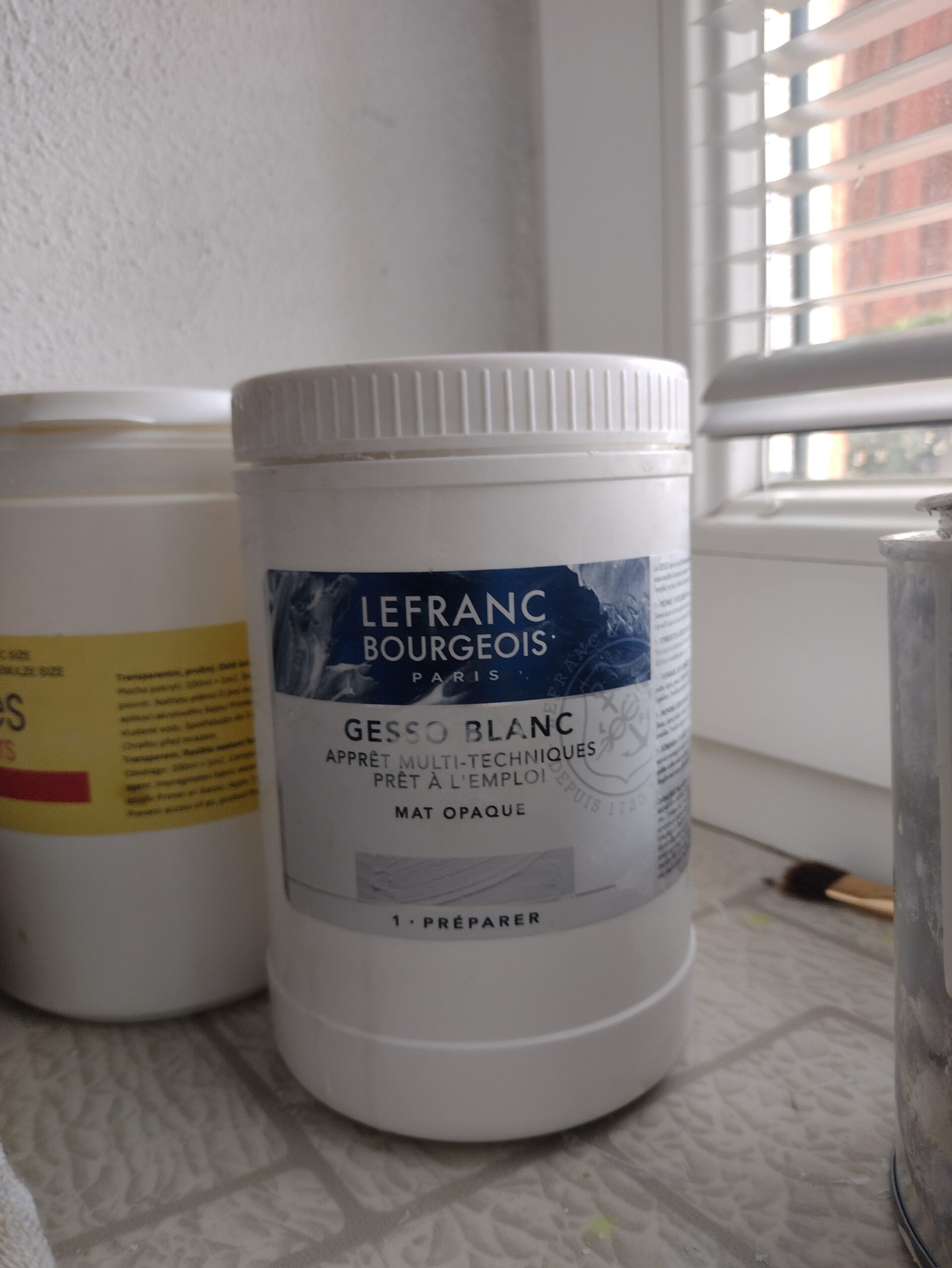
I also bought an acrylic primer (image above) and did a test swatch to see the permeability of it (3 layers). I did the same with acrylic colours. The results were as follows: green acylic colour had some seep through, white as well, the acrylic gesso had no seep through. That made me wonder if I could ommit the sizing medium alltogether and use solely gesso. That is what I then did with one canvas. I bought a cotton canvas that was already pre-primed with acrylic, but I applied 3 more layers of primer on top of it. I think this way, the canvas is going to be usable. It is not going to be as rigid as the linen canvas, but it is gonna be generally ok. I made sure to really stretch the canvas on the bars. A stretching tool really helped me with that. But after I applied the primer, I feel like there was also a tiny bit of additional tightening, which was amazing. It is great when you have your canvas tight as a drum, and that is also something I have come to learn.
With cotton canvases, if you go a bit hard on the canvas with your brush and make little pokings, it is alright, because you can use water on the back of the canvas and it will tighten again and therefore even things out. However, after it dries, it will be loser again, but nevertheless, even. With a linen canvas prepared with rabbit skin glue one cannot really do this, because the glue is very hygroscopic.
For cotton canvas, just like linen canvas, but even more so, it´s important to purchase one that is sufficiently thick so that it is rigid, feels good to paint on and also doesn´t look cheap.
The other thing I have come to find out was the qualities of different white pigments used in oil paints or in oil primers and why they are important. The most important takeaway was about zinc white. Zinc white allegedly works great in water based paints, but is very problematic in oil based paints. It is because the chemical bonds it creates with the oil molecules are weak and cause delamination over time. That means that the paint layers start separating and peeling off. Ough! This is also proof that not everything that you can get in the art store is actually a good product. So what is the alternative? A better alternative is titanium white (but check whether they have or haven´t added zinc white too). It is more durable. But the one that outsines them all is lead white. Lead white is a toxic material and is prohibited in many countries, so not everyone can have access to it. It creates the most superior chemical bonds and is also the reason why we are able to admire old historical paintings in museums. When one uses it, one must be careful. It is advised to wear protection such as gloves or even a breathing mask and do the application process outside. The good thing is that the lead is contained in the paint, which is a fluid, and therefore the user is not in danger of inhaling free floating particles. But there is one more caveat here, the paint or the primer with this pigment is very expensive and is definitely an investment. Furthermore, oil priming is a very messy process that´s really hard to clean up.
Here is a little video from me bulding the canvases (click on the image bellow).
Thank you for reading and please subscribe to my mailing list so that you know when I write a new blog post or release a new artwork.
© 2022 Monika Zimová. All rights reserved.


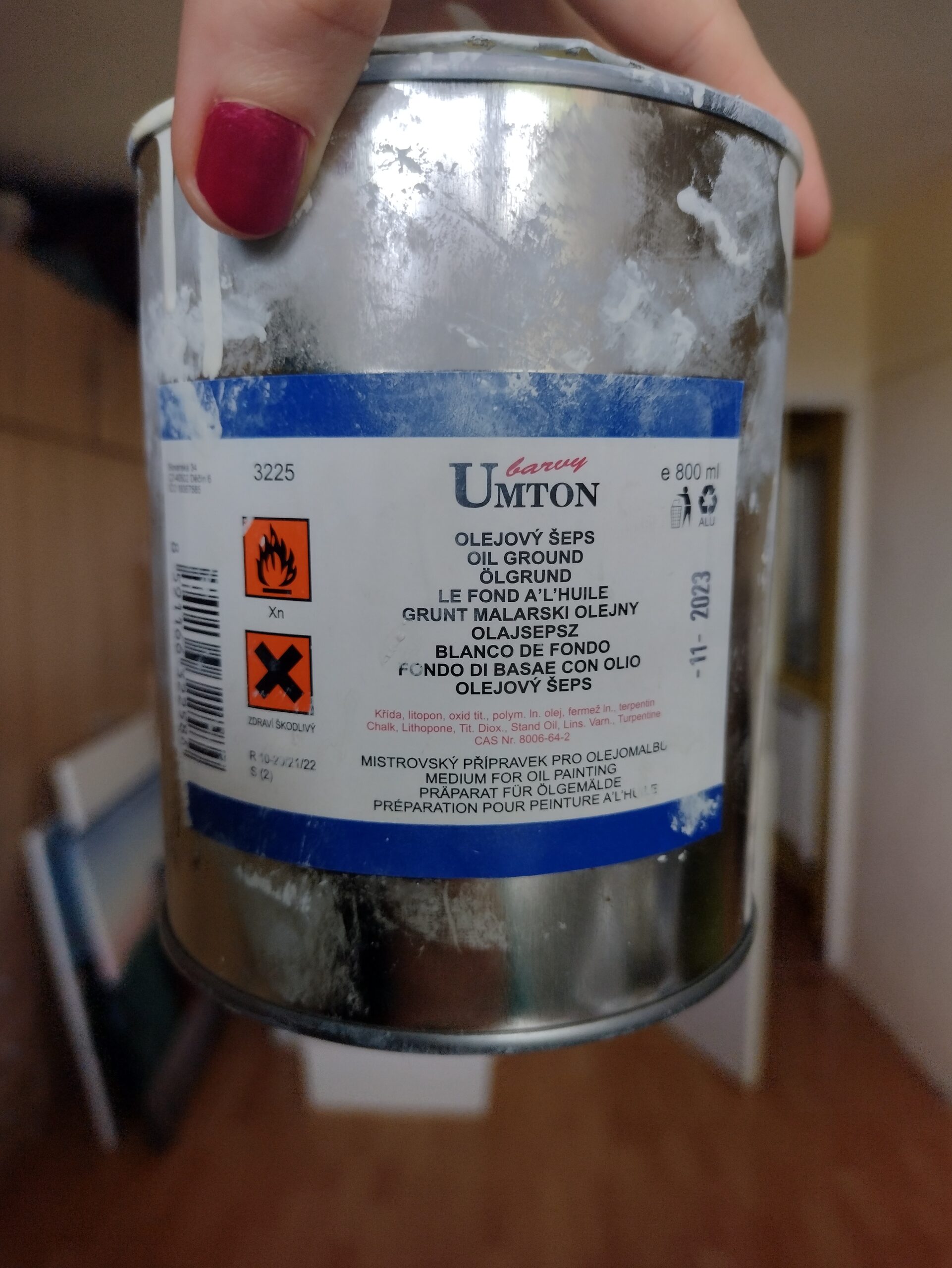
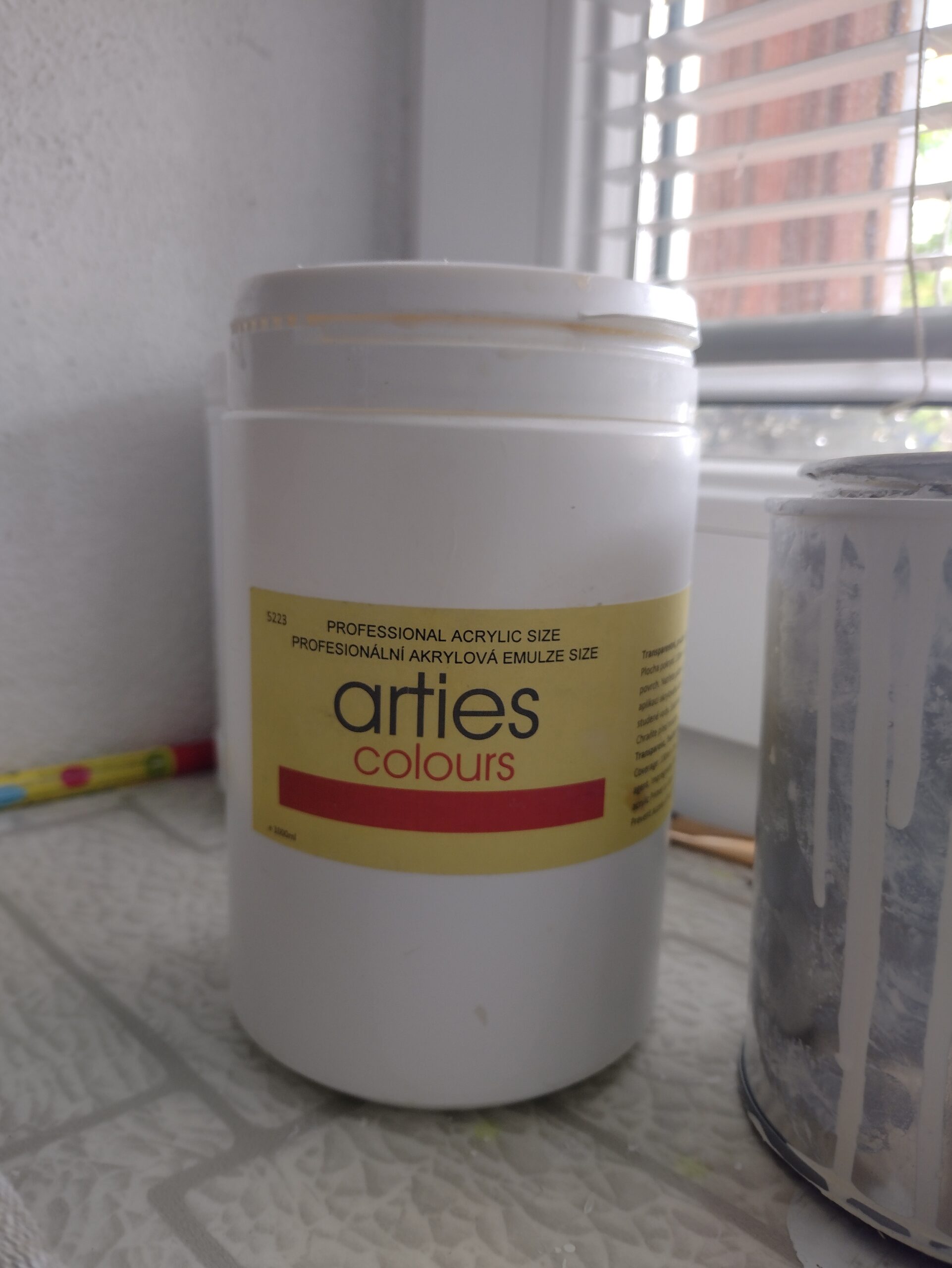
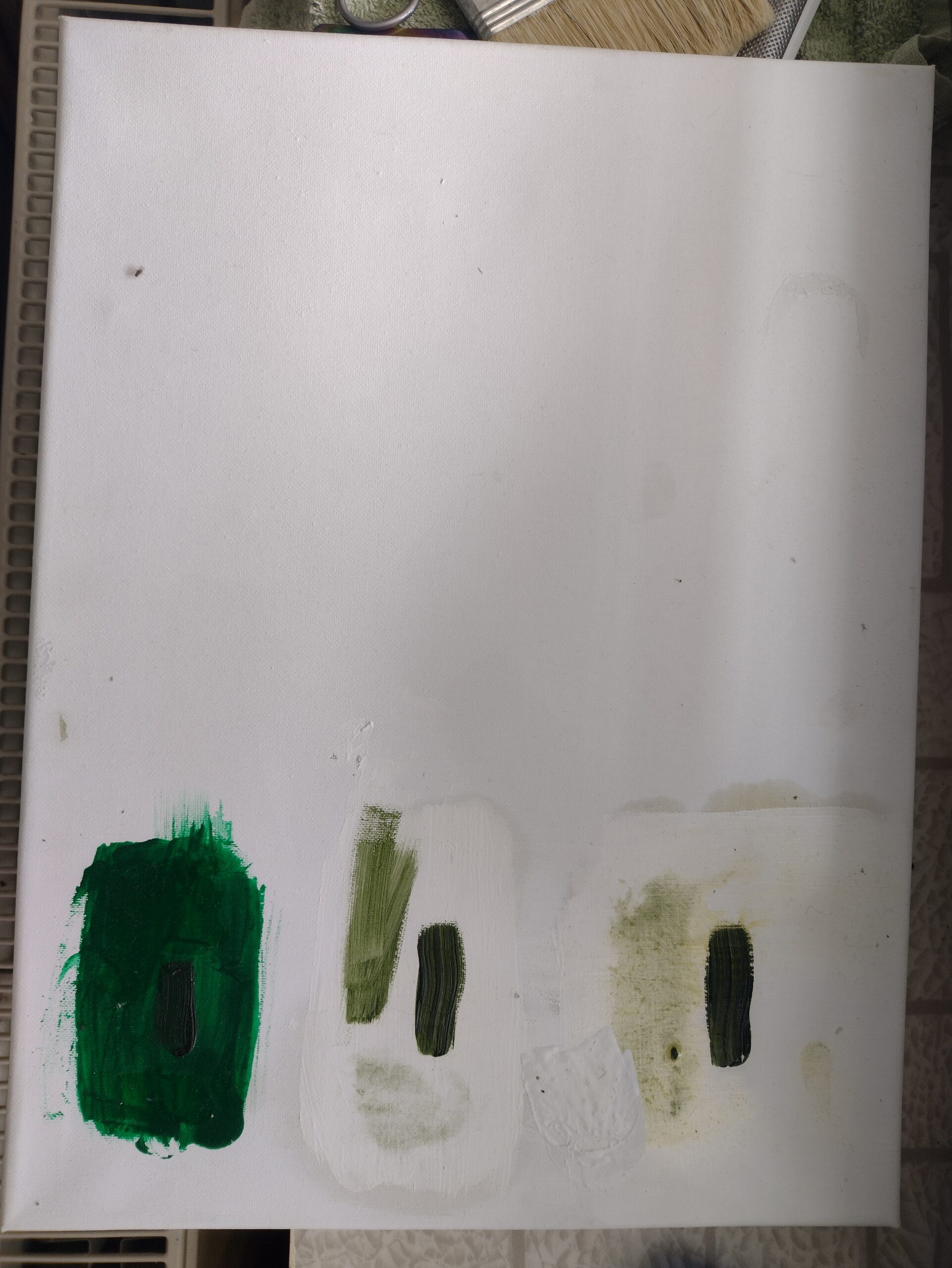

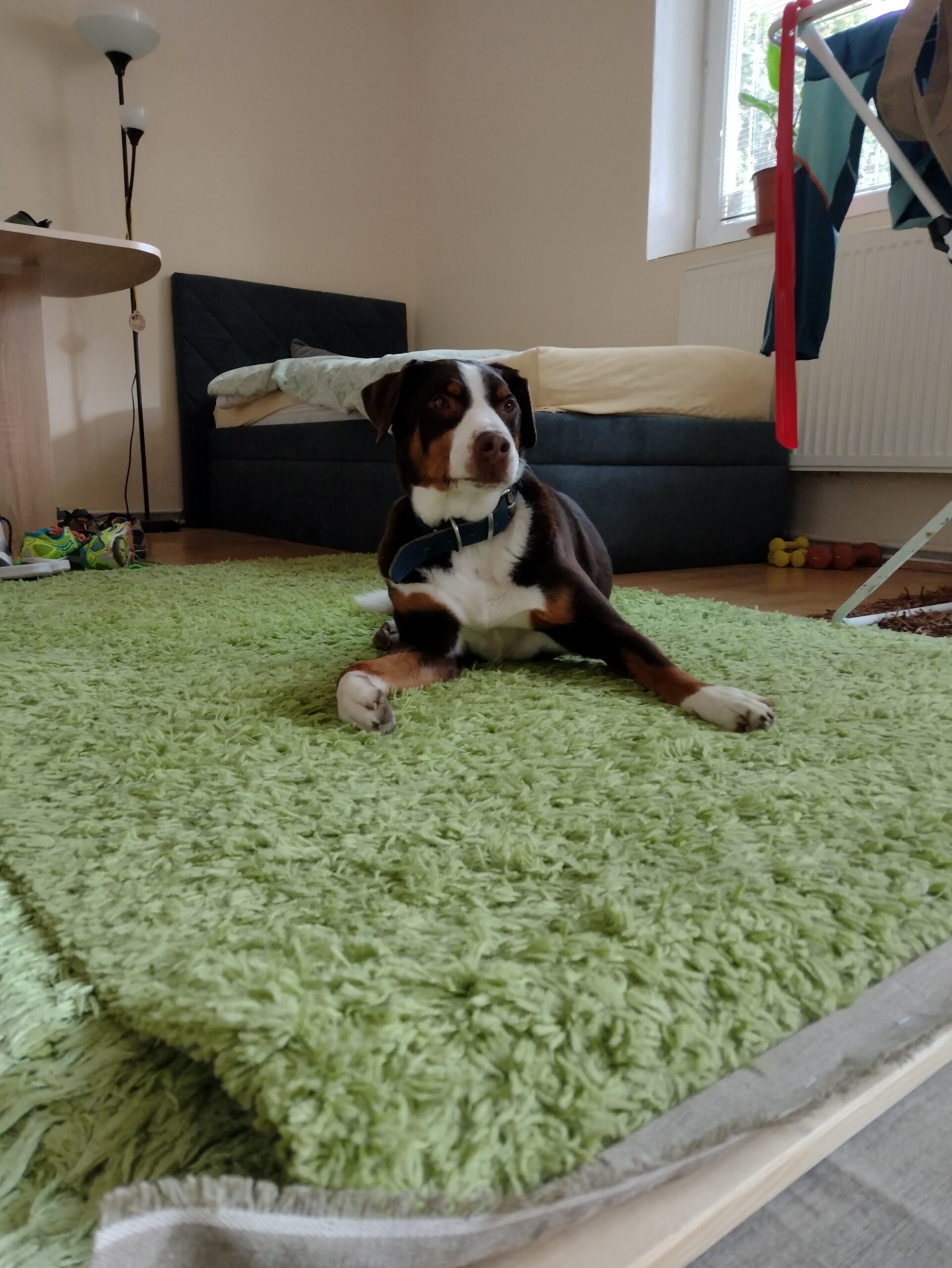
Recent Comments